Sintered Timing Belt Pulleys: Precision, Durability, and Efficiency in Power Transmission
Introduction
In the realm of mechanical power transmission, precision and reliability are paramount. Timing belt pulleys play a critical role in ensuring synchronized movement and efficient power transfer across various applications. When these pulleys are manufactured using powder metallurgy (PM) and sintering techniques, the resulting “sintered timing belt pulleys” offer a unique combination of precision, durability, and cost-effectiveness. This article will delve into the world of sintered timing belt pulleys, exploring their manufacturing process, advantages, applications, and why choosing the right manufacturing partner, such as Welleshaft, is essential for success.
What are Sintered Timing Belt Pulleys?
Sintered timing belt pulleys are mechanical components manufactured using powder metallurgy. In this process, fine metal powders are compacted into a precise mold and then sintered under controlled heat to bond the particles together and form a solid part. These pulleys are specifically designed to work with timing belts, which require accurate tooth profiles to provide synchronized and efficient power transfer. Sintered pulleys combine the benefits of PM manufacturing with the need for durable and accurate components.
The Manufacturing Process of Sintered Timing Belt Pulleys
The production of sintered timing belt pulleys involves several key stages:
Powder Preparation
-
Material Selection: The process begins with the careful selection of metal powders, often iron, steel, stainless steel, or alloy steel, based on the required strength, durability, and application requirements.
-
Powder Mixing: The metal powders are mixed with alloying elements, lubricants, and binders to achieve specific properties and facilitate the compaction process.
-
Granulation: Some processes may require the mixture to be granulated into free-flowing particles, improving flowability and consistency during compaction.
Compaction
-
Die Filling: The powder mixture is fed into a precision die that has the desired shape of the pulley, including its intricate tooth profile.
-
Compaction: The powder is then subjected to high pressure using a hydraulic or mechanical press, forcing the powder particles to interlock and form a “green” compact. This green part retains the shape of the die but is fragile.
-
Ejection: The compacted “green part” is carefully ejected from the die.
Sintering
-
Preheating: The green parts are gradually heated in a controlled atmosphere to remove lubricants and binders.
-
Sintering: The parts are heated to a temperature below the melting point of the main metal, causing the powder particles to bond together, forming a strong and porous structure with precise dimensions. This is done in a controlled atmosphere to prevent oxidation.
-
Cooling: The sintered parts are gradually cooled under controlled conditions to avoid distortion and stress.
Secondary Operations (Optional)
-
Infiltration: Some pulleys may undergo infiltration, where a lower melting point material is introduced into the porous structure to enhance density and strength.
-
Sizing or Coining: This step may be used to achieve tighter tolerances and improve the surface finish.
-
Machining: Precision machining may be required for certain critical features.
-
Surface Treatments: Various coatings or surface treatments may be applied to enhance corrosion resistance or wear characteristics.
Advantages of Sintered Timing Belt Pulleys
Sintered timing belt pulleys offer several key advantages over other manufacturing methods:
-
Cost-Effectiveness: Powder metallurgy minimizes material waste, reduces machining costs, and enables high-volume production, making it a cost-effective choice for manufacturers.
-
High Precision: The process creates highly accurate parts with tight tolerances and consistent tooth profiles, ensuring smooth and reliable power transmission.
-
Material Strength: Sintering creates parts with excellent strength, durability, and wear resistance, suitable for demanding applications.
-
Design Flexibility: The PM process enables the production of complex pulley designs, including intricate tooth shapes and profiles, without the need for extensive machining.
-
Self-Lubricating Capabilities: Sintered pulleys can be impregnated with oil to provide self-lubricating capabilities, reducing the need for maintenance.
-
Customization: The ability to work with different materials and alloys allows for the creation of pulleys with specific properties tailored to the application needs.
-
Consistent performance: the PM process produces parts with uniform density, composition and dimensions, ensuring reliable and repeatable performance.
Applications of Sintered Timing Belt Pulleys
Sintered timing belt pulleys are widely used in diverse industries, including:
-
Automotive: Engine timing systems, power steering systems, and accessory drives.
-
Industrial Machinery: Conveyor systems, robotic systems, and machine tools.
-
Office Equipment: Printers, copiers, and other office machinery.
-
Agricultural Equipment: Tractors, combines, and other farming machinery.
-
Power Tools: Drills, saws, and other power tools.
-
Aerospace: Actuation and control systems.
-
Medical devices: Precision movement systems in medical equipment
The Importance of a Reliable Supplier: Welleshaft
Choosing a reliable manufacturing partner with expertise in sintered parts is critical for ensuring the quality and performance of your timing belt pulleys. Welleshaft stands out as a trusted global supplier and contract manufacturer in the field of powder metallurgy.
Why Choose Welleshaft for Sintered Timing Belt Pulleys?
-
Extensive Expertise: Welleshaft has years of experience in powder metallurgy and the manufacturing of precision sintered parts.
-
Advanced Facilities: Their state-of-the-art facilities include high-precision presses, controlled atmosphere sintering furnaces, and advanced metrology equipment.
-
Material Variety: They offer expertise in a wide range of materials, enabling them to provide tailored solutions for various applications.
-
Custom Design Support: Welleshaft’s engineers can assist with the design and optimization of your sintered timing belt pulleys to meet your specific needs.
-
Quality Assurance: They implement rigorous quality control procedures throughout the manufacturing process to ensure the highest standards of precision and reliability.
-
Global Reach: Welleshaft’s global presence allows them to serve clients with efficiency and reliability.
-
Contract Manufacturing Services: Welleshaft offers comprehensive contract manufacturing services, allowing you to access their expertise without heavy capital investment.
-
Commitment to Innovation: Welleshaft stays at the forefront of PM technology and techniques to provide cutting edge solutions.
Information Table for Reference
| Category | Material | Key Benefits | Applications | Manufacturing Process |
| Core Materials | Iron, Steel, Stainless Steel, Alloy Steel | Strength, durability, wear resistance | High-load, high-speed applications | Powder Compaction, Sintering |
| Performance Enhancements | Self Lubricating impregnation | Reduced friction and wear, eliminates the need for additional lubrication | High Cycle applications, difficult to service environments | Sintering followed by oil or lubricant impregnation |
| Critical Properties | High Precision, Consistent tooth profile | Smooth power transfer, reduced backlash | Synronized motion and accurate positioning applications | Precision powder blending and forming process |
| Manufacturing Features | Net shape forming with minimal machining | Reduced manufacturing cost, high volume production capability | High volume production, intricate features | Powder compaction and sintering with precision dies |
| Application Examples | Automotive timing drives | Precision and durability in automotive engines | Automotive Engines | Custom material selection and precise manufacturing process |
| Industrial machinery | Reliable and efficient power transmission | Conveyor belts, robotic systems | Robust manufacturing process for harsh conditions | |
| Power Tools | Precise and accurate power delivery | Consumer power tools such as drills, saws and grinders | High precision manufacturing process |
Conclusion
Sintered timing belt pulleys represent a convergence of advanced materials science and precision manufacturing techniques. Their advantages in terms of cost-effectiveness, durability, and design flexibility make them a critical component across numerous industries. Choosing the right manufacturing partner, like Welleshaft, is essential for ensuring the highest quality and performance in these critical parts. Welleshaft’s commitment to quality, innovation, and customer satisfaction make them a premier choice for companies seeking reliable and high-performing sintered timing belt pulleys.


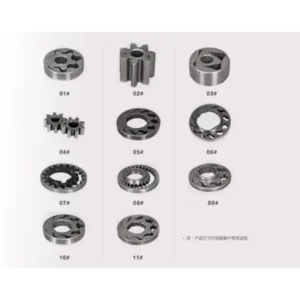
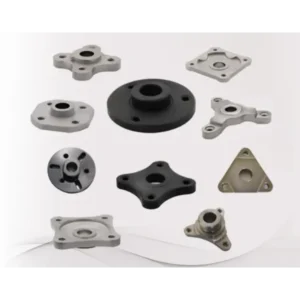
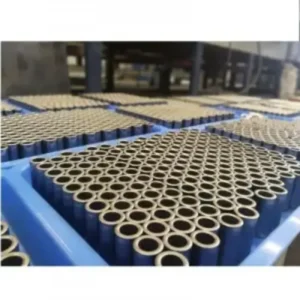
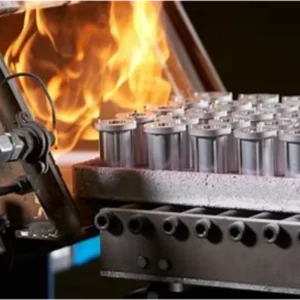
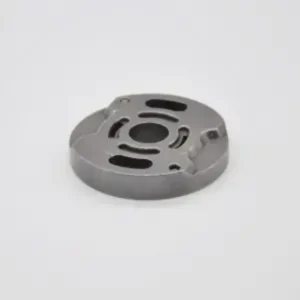
Reviews
There are no reviews yet.